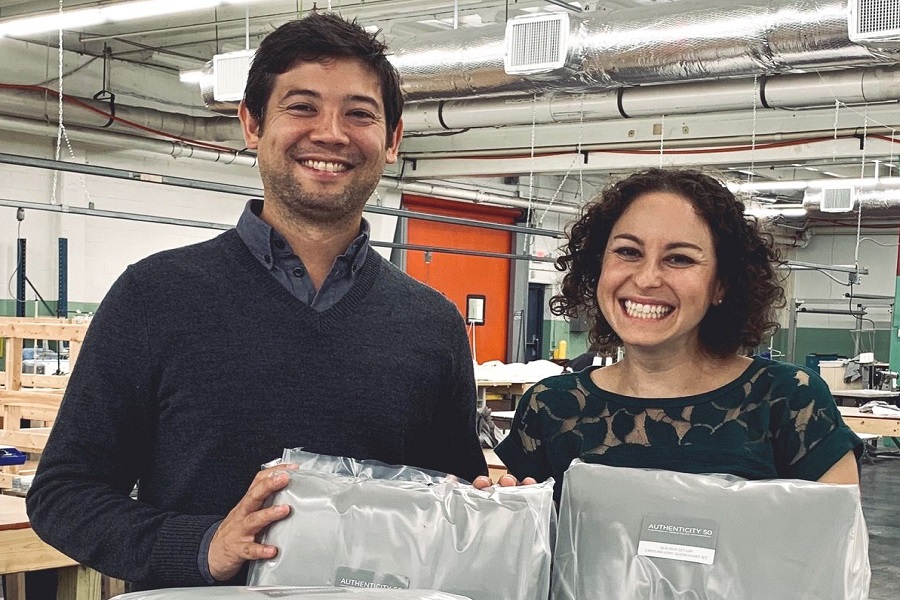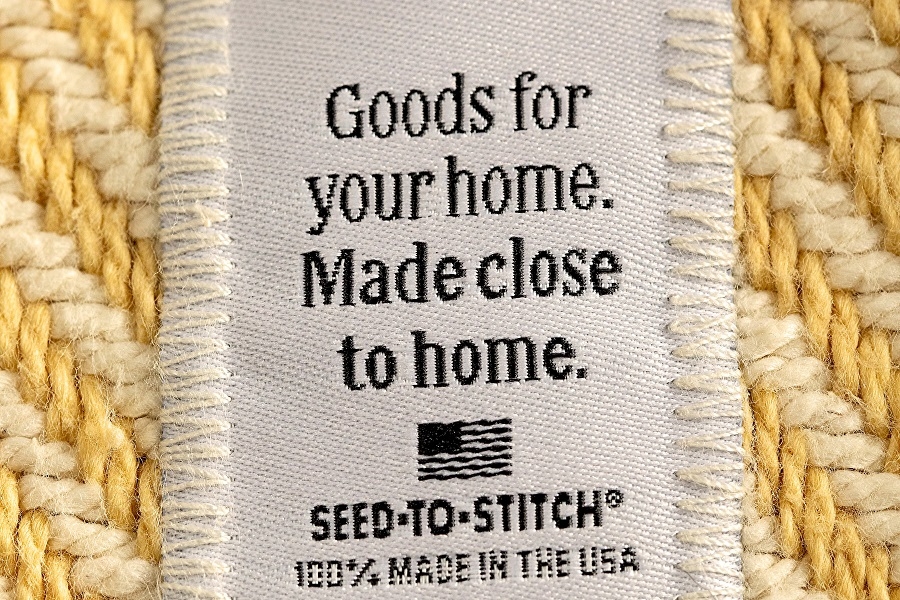Consumers are willing to spend more money on U.S.-made products, but domestic supply chains continue to pose challenges.
In 2017 a Reuters poll found 70% of consumers thought it was important to buy products made in the U.S. Despite that sentiment, 37% of respondents were unwilling to pay more for goods made in the U.S. Just 16% said they were willing to endure a 10% markup for American-made products.
Perceptions have changed since then. In October 2020, a Reshoring Institute survey found half of buyers are willing to spend 10% more on U.S.-made products, and one-third of respondents said they were willing to pay 20% more.
The cause of this shift is not entirely clear. Former President Trump’s protectionist agenda might have changed perceptions. Concerns over human rights abuses, the closures of U.S. manufacturing facilities and lack of environmental standards overseas may have also contributed.
“There has been a large trend towards transparency in supply chains. People are more willing to pay for the USA-made label,” says Jimmy MacDonald, co-founder of Authenticity50, a Vancouver bedding company with a 100% made-in-America supply chain. MacDonald’s company has seen a 130% increase in order volume over the past year. He owes part of his success to consumers’ increased interest in American-made products.
 Husband and wife business partners Jimmy and Steph MacDonald at Authenticity50’s Vancouver facility Credit: Authenticity50
Husband and wife business partners Jimmy and Steph MacDonald at Authenticity50’s Vancouver facility Credit: Authenticity50
“There are concerns about sweat-shop labor conditions and human rights abuses overseas. Consumers are also looking more at a company’s carbon footprint,” says MacDonald.
To tap into consumers’ interest in buying U.S.-made products, his marketing strategy promotes the “seed-to-stitch” process, which keeps all aspects of production, from farming to threading to packaging, 100% American.
A growing number of companies are transitioning to an U.S.-made model, which is putting stress on domestic supply chains. U.S. supply chains can be longer and more vulnerable to disruptions. Although Authenticity50’s bedding products are finished in Vancouver, the cotton is grown in California, spun in Georgia and woven in the Carolinas. When demand increases or when one of the company’s partners experiences a shortage or labor issue the chain slows to a halt.
“We’re being hit with high demand, lack of labor and high order volumes. We need product now and they’re talking about September,” says MacDonald. “Unemployment is high, but companies are finding trouble filling the job openings. That’s the domestic market for Buy American at the moment.”
Tina Johnston, who owns Black Sheep at Orenco, a fiber emporium in Hillsboro that stocks only American-made products, says she has seen more interest in buying domestic. But the increase might have more to do with costly overseas shipping than genuine interest in buying U.S.-made products.
“We sell a lot locally, but the cost to ship overseas is the highest it’s ever been,” she says. “The postal system has gone belly up. I do a lot of business on the East Coast and have some buyers in Australia, but once they see the cost of shipping, that interest goes down. We’ve lost ground in our sales.”
For Lori Carter, who owns Apples to Oranges yarn shop in Silverton, state-sponsored efforts to buy from local suppliers were more helpful than the “Buy American” trend. Her shop saw a boost in revenue after Gov. Kate Brown launched the Give the Gift of Oregon campaign with Travel Oregon and Business Oregon in November. Carter’s products received more exposure after being featured on Travel Oregon’s website.
Since the end of the campaign, sales have leveled off. she says.
“The shop-locally campaign really helped a month before Christmas, but since then, people’s old habits have reverted. I probably have the same percentage of sales as I had before,” she says.
Her online order volume has increased; but, in the wake of COVID-19, online advertising has become essential for her shop’s marketing. With the added costs of advertising on Google, Carter’s expenses have gone up, so her model has had to adjust.
“With COVID I’ve had to pivot and reach a larger customer base. I’m carrying a lot more children’s books, truffles and souvenirs. The buy-local campaign was a big help in December. I would love to see something like that more permanent.”
To subscribe to Oregon Business, click here.





